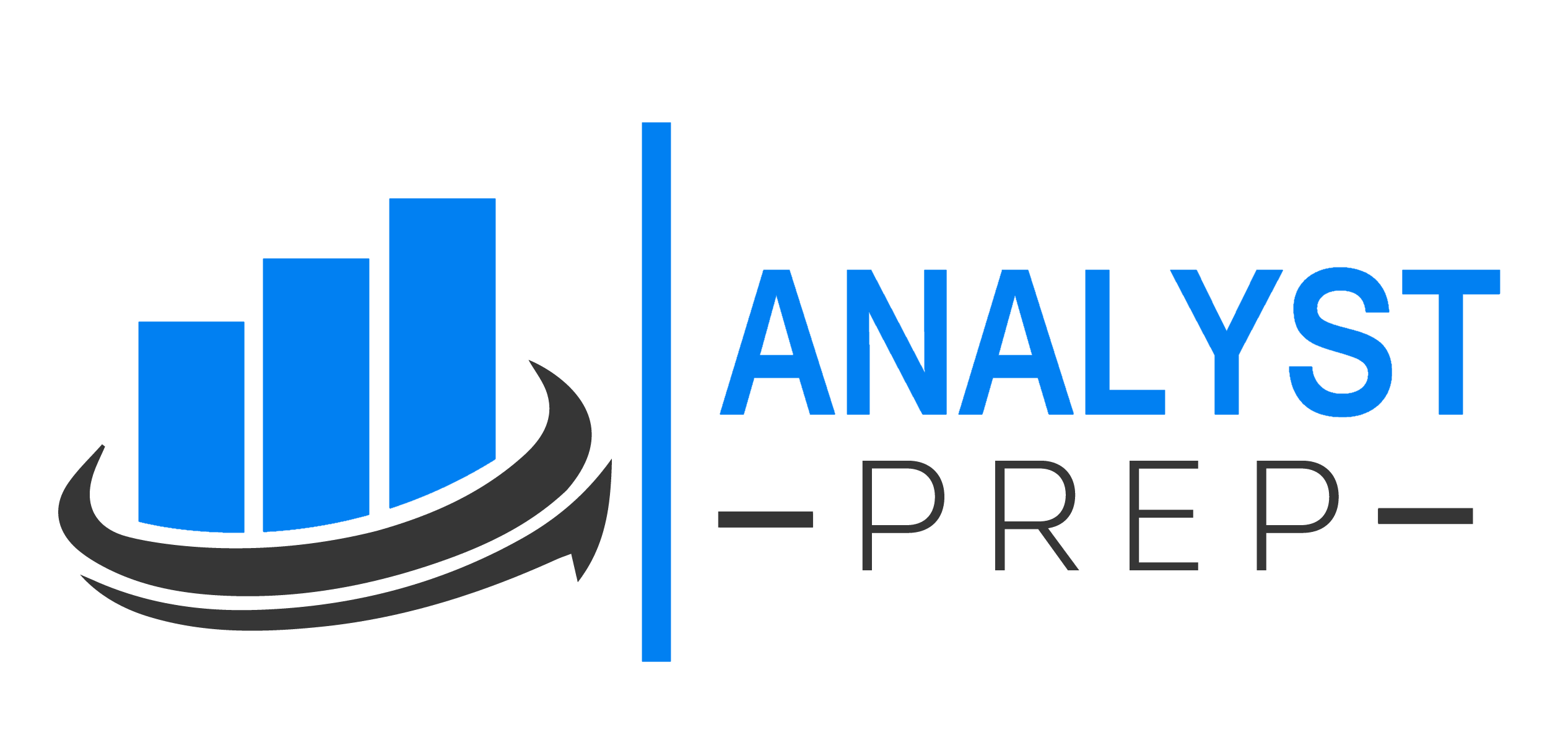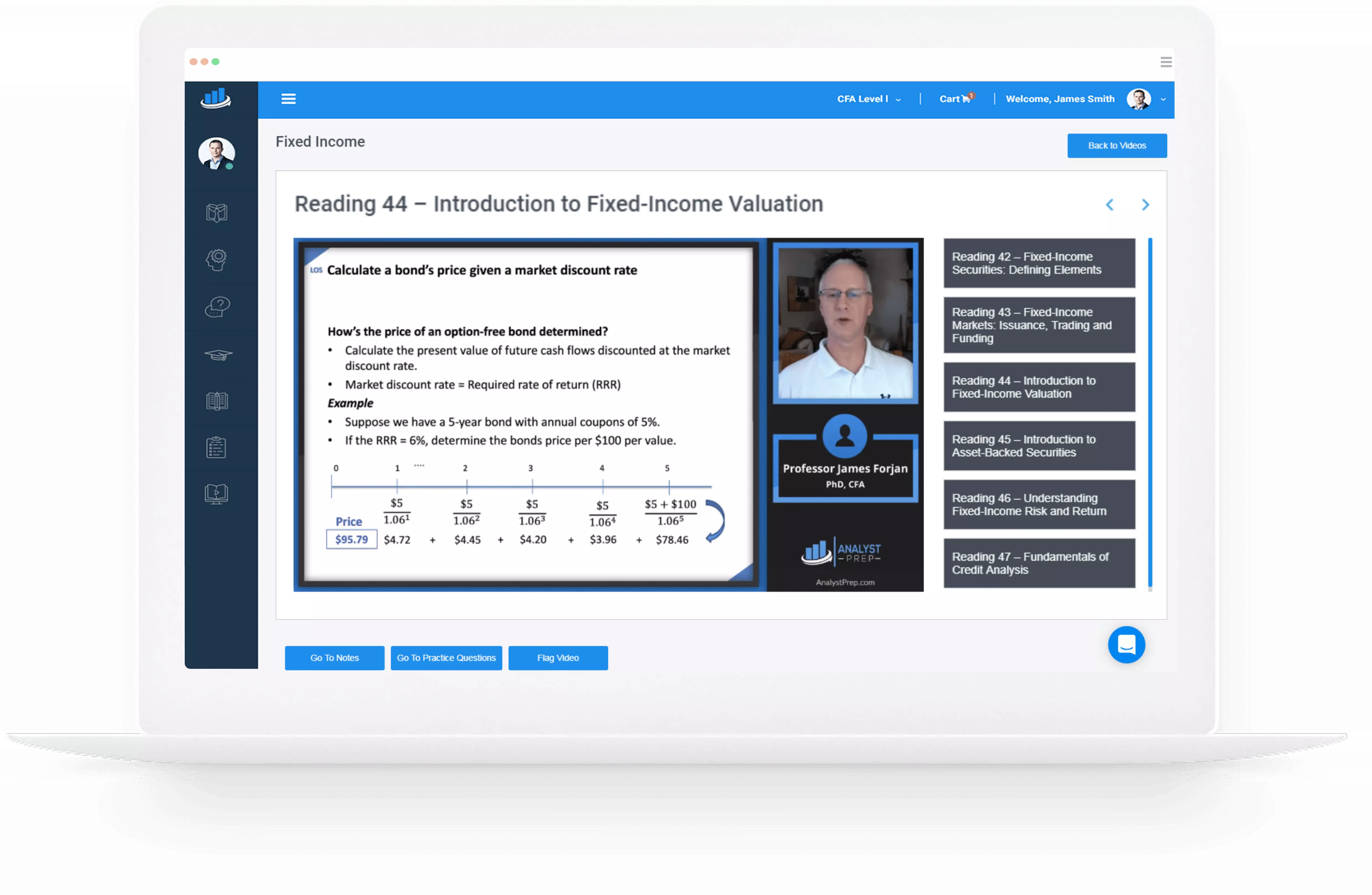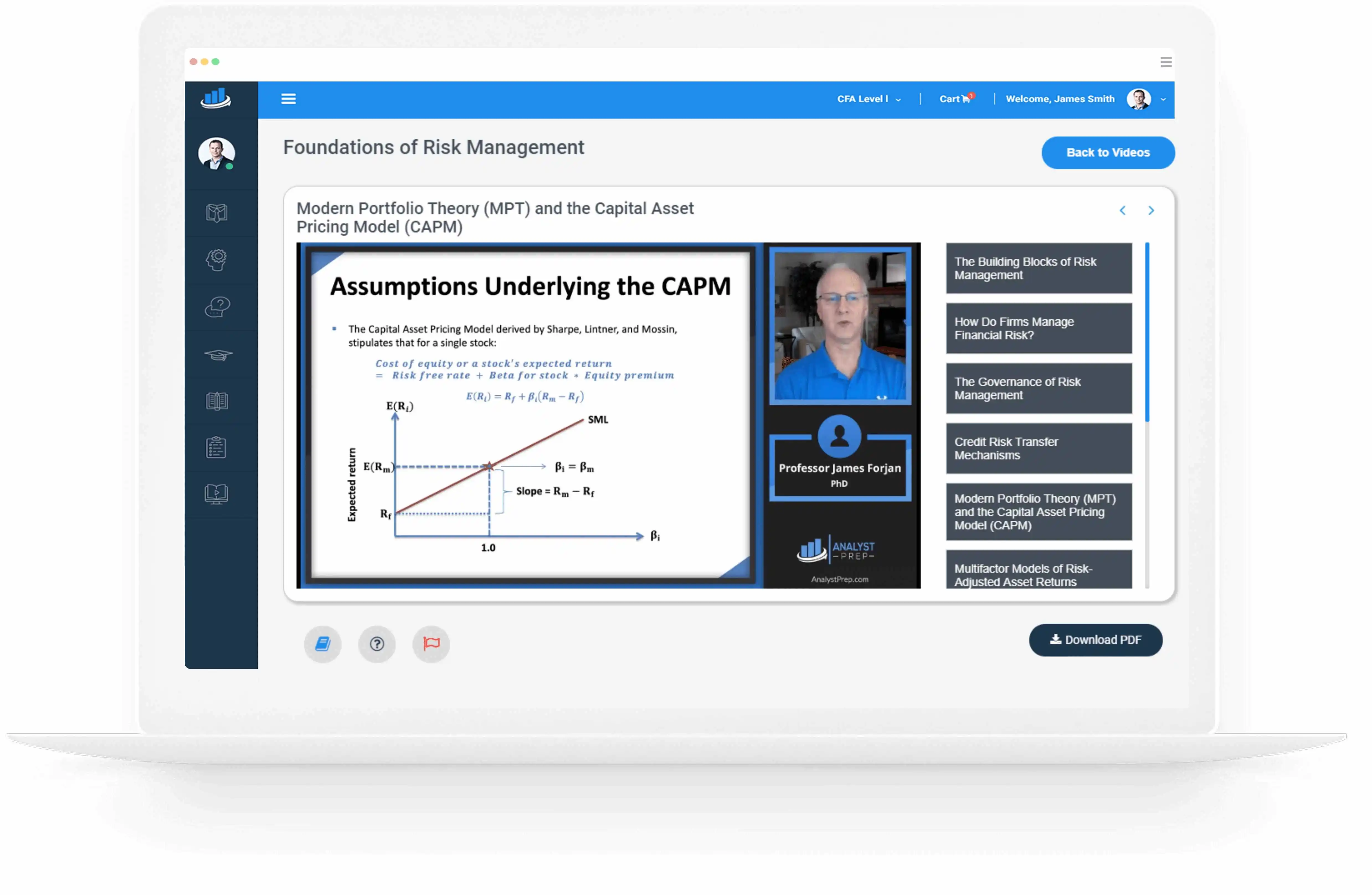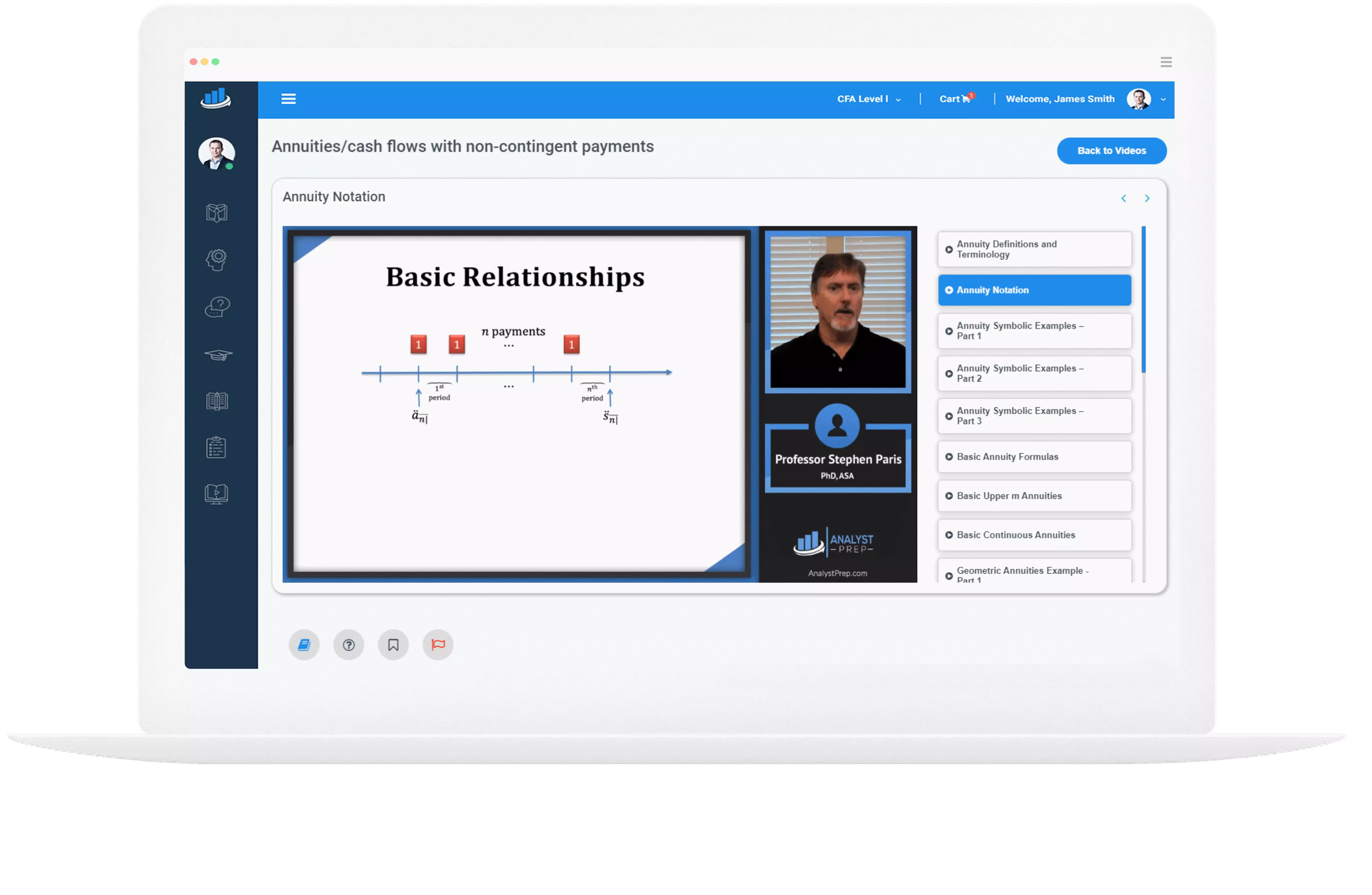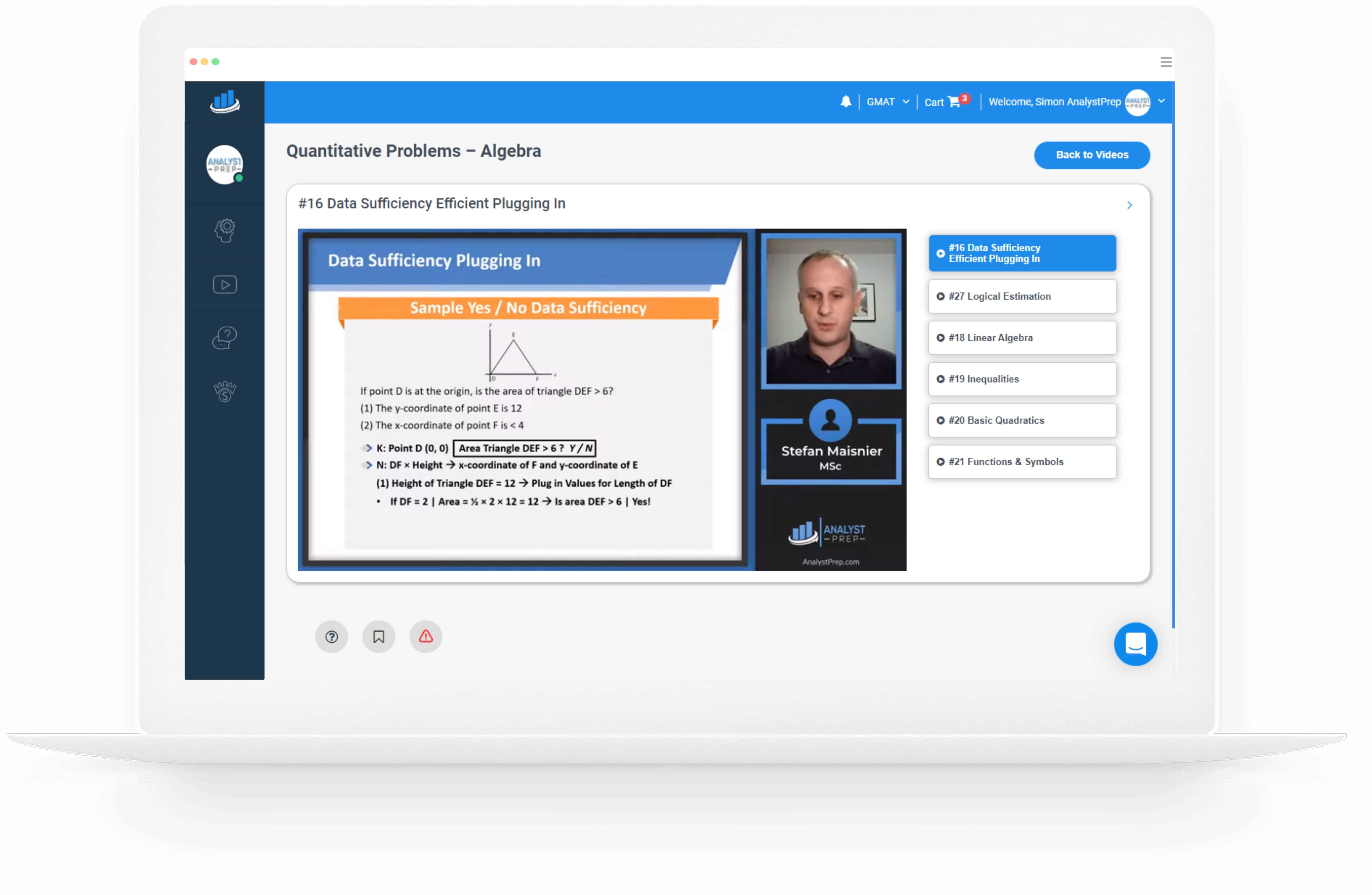The Shape of the Yield Curve and the Business Cycle
The shape of the yield curve is often cited as a leading reliable economic indicator. The yield curve maps the relationship between interest rates and the maturity of fixed-income investments on a graph. On the horizontal axis is time or…
Monetary and Fiscal Policy on Business Cycles
Monetary Policy To smooth out extreme inflation or deflation, central banks act as mediators. It is generally accepted that expansionary policies are less effective than those that are restrictive. In other words, it’s easier for governmental authorities to cool down…
Implications of Inflation
Until the early 20th century, the money supply was primarily dictated by the supply of gold and silver backing up bank deposits. This made periods of both deflation and inflation expected. Now that fiat currencies are backed by the faith…
Business Cycles and Short-and Long-term Expectations
The business cycle refers to variations of economic productivity–often measured in terms of GDP–around its long-term trend rate. It is this long-term trend rate that serves as an anchor for forecasting business environments. This is because the economy cannot sustainably…
Major Approaches to Economic Forecasting
Economic forecasting typically falls under one of three distinct approaches: Econometric modeling. Economic indicators. Checklists. Econometric Modeling Econometric modeling is the use of statistical methods to map out relationships among economic variables. Models may range from simple to extensive and…
Application of Economic Growth Trend Analysis to the Formulation of CMEs
The expected trend growth rate is an all-important element in developing capital market expectations. Its primary use is in developing expected returns for asset classes. In addition, it informs potential currency movements and government policy. Critical considerations of economic trend…
Exogenous Shocks
Exogenous shocks refer to external factors (created outside the economic model) that profoundly affect an economy’s growth. While some factors enhance growth, others impede growth. The following is a summary of typical shocks. Sources of Exogenous Shocks Policy changes: These…
Challenges in Developing Capital Market Forecasts
Inappropriate capital market expectations could be devastating to portfolio performance. Several pitfalls could lead to false expectations and a less-than-optimal asset allocation. Regardless, the analyst is tasked with following a disciplined process and understanding potential challenges in developing capital market…
Role and Framework of Capital Market Expectations (CMEs)
Capital market expectations involve setting likely risk and return parameters for a portfolio. These expectations inform the asset allocation that is ultimately selected, which is the investment results’ primary driver. Macro expectations involve forecasting risk and returns for an entire…
Study Notes for CFA® Level III 2025 – Private Wealth Pathway Content – offered by AnalystPrep
Learning Module 1: The Private Wealth Management Industry Los 1(a): Discuss the typical business models of private wealth management service providers and their segment-based strategies Los 1(b): Discuss typical fee, revenue, and compensation structures prevalent in the private wealth management…
